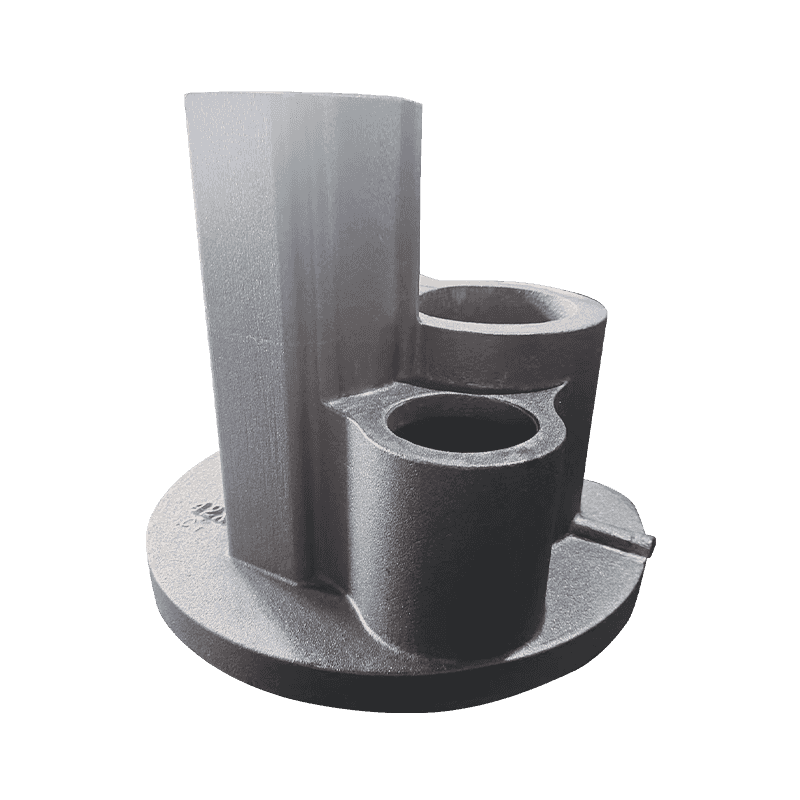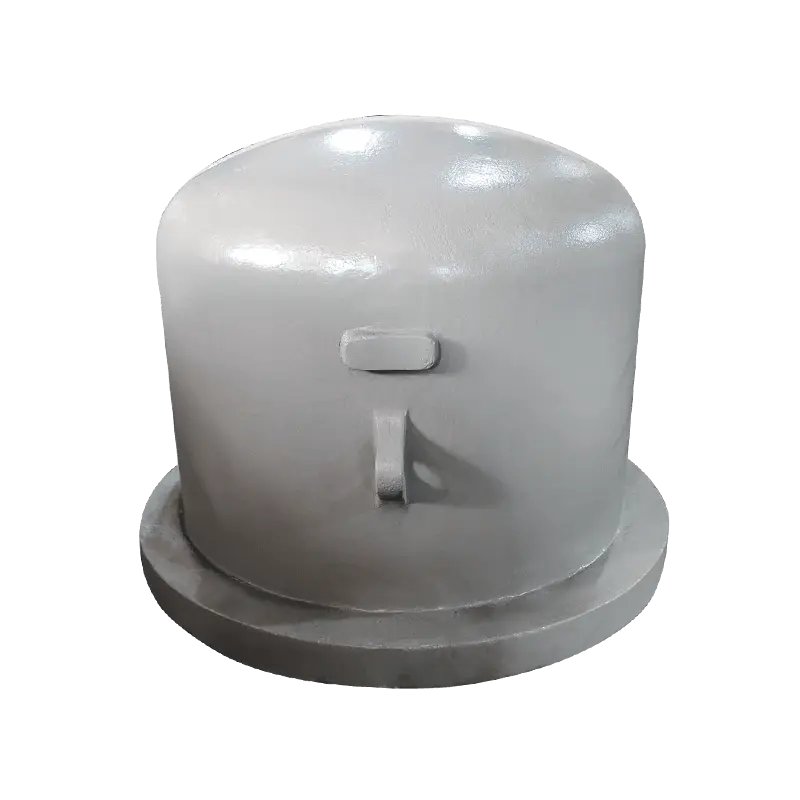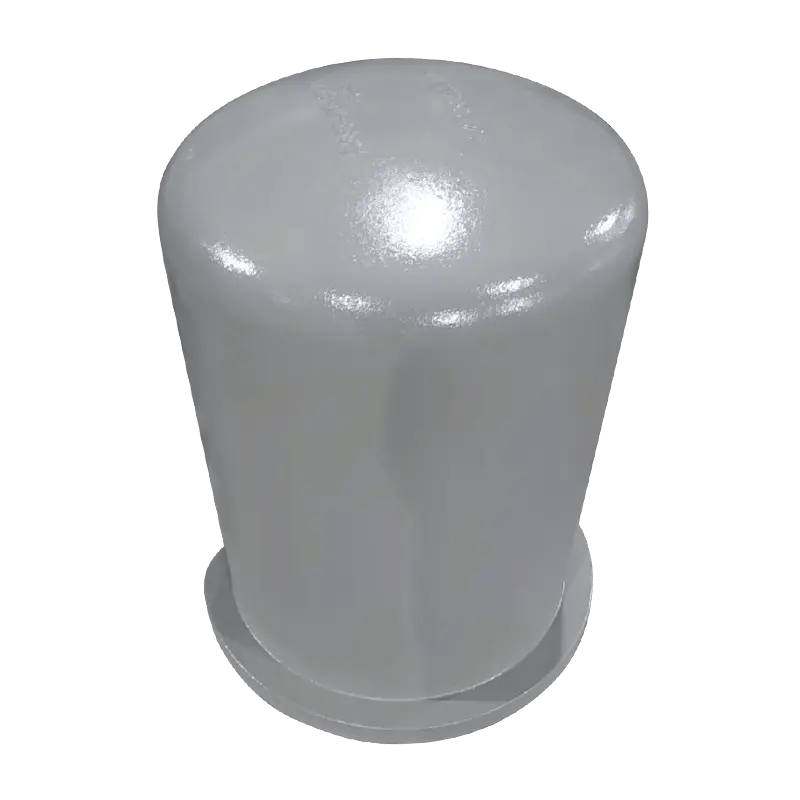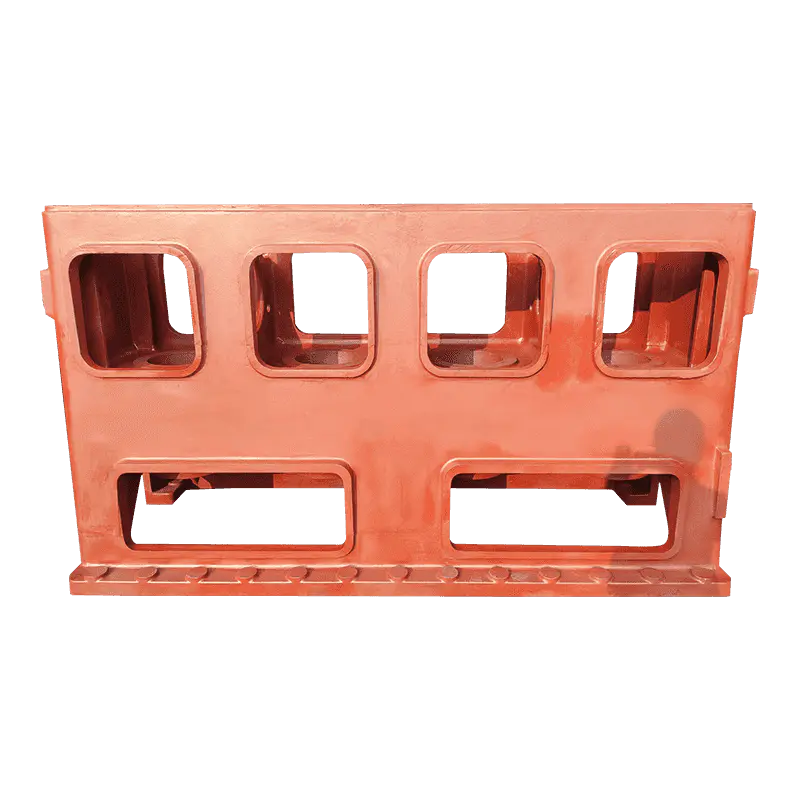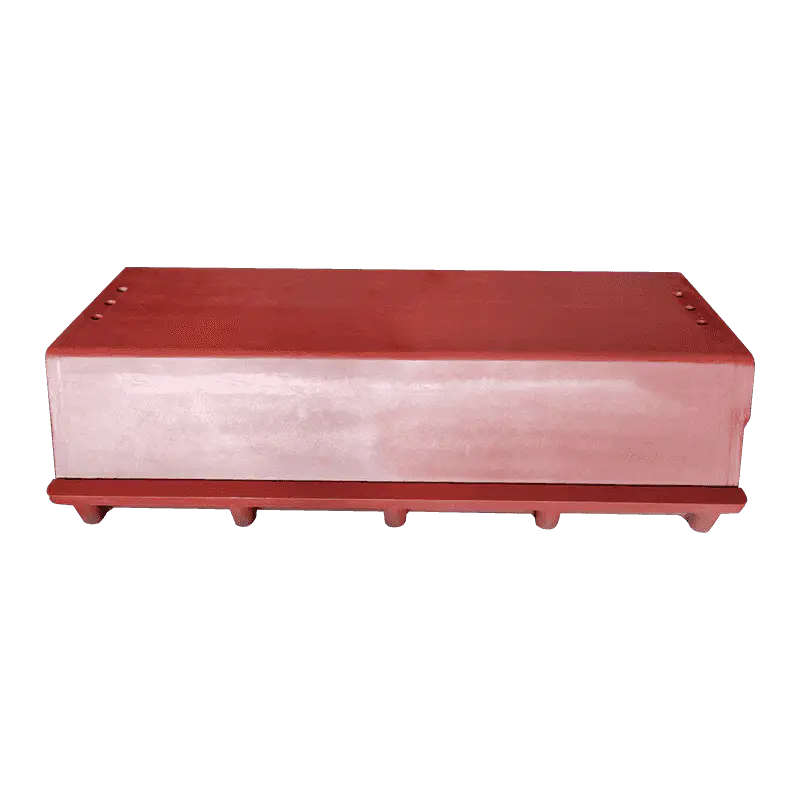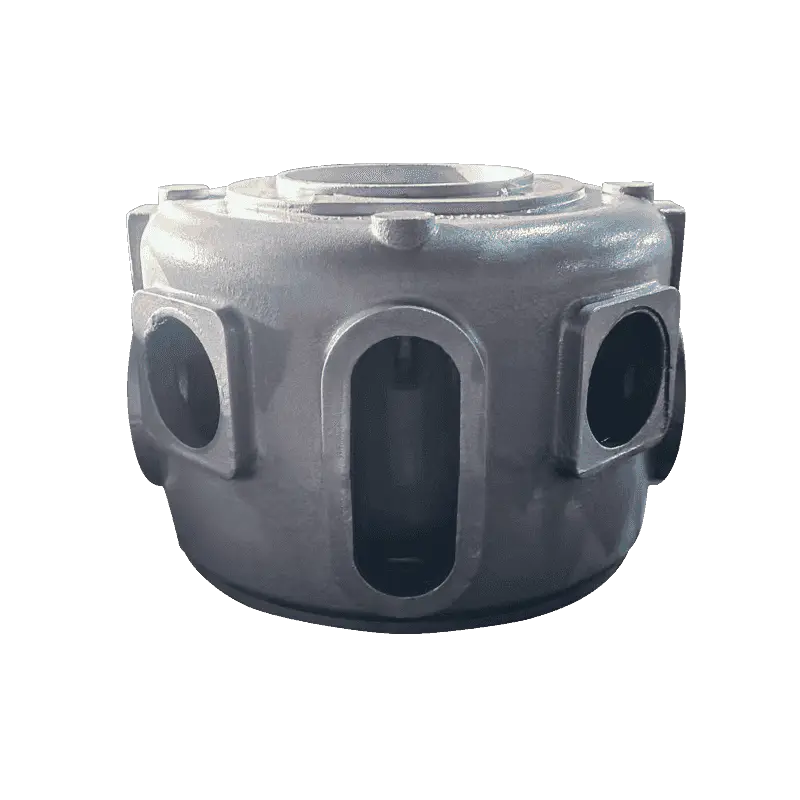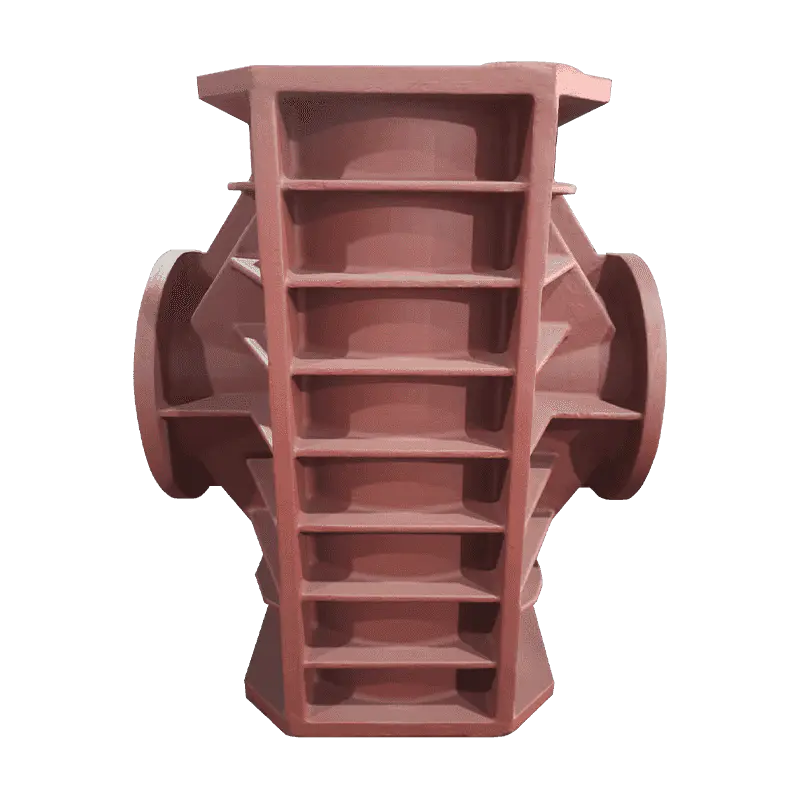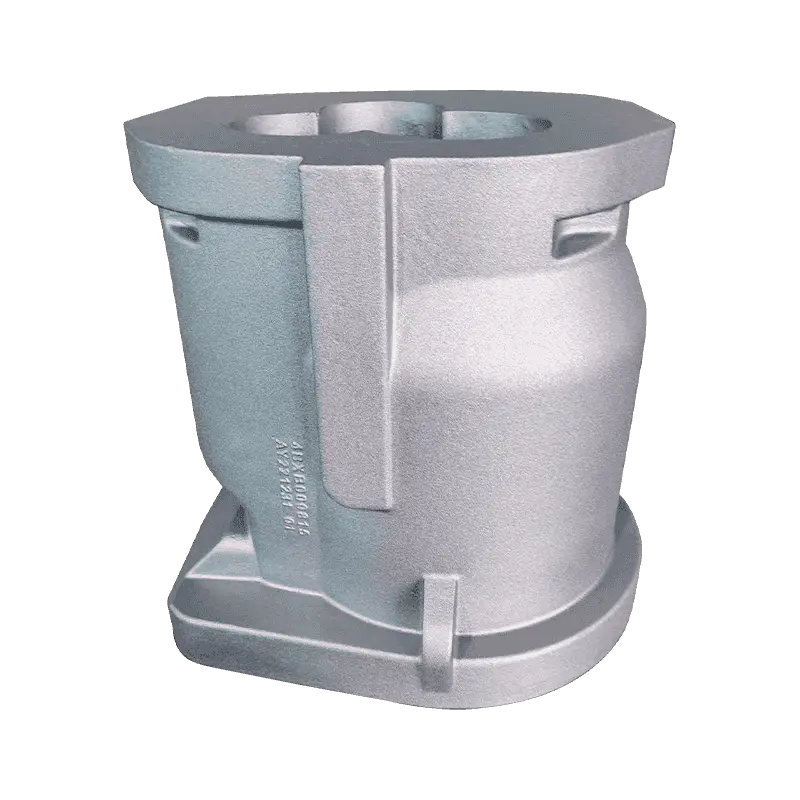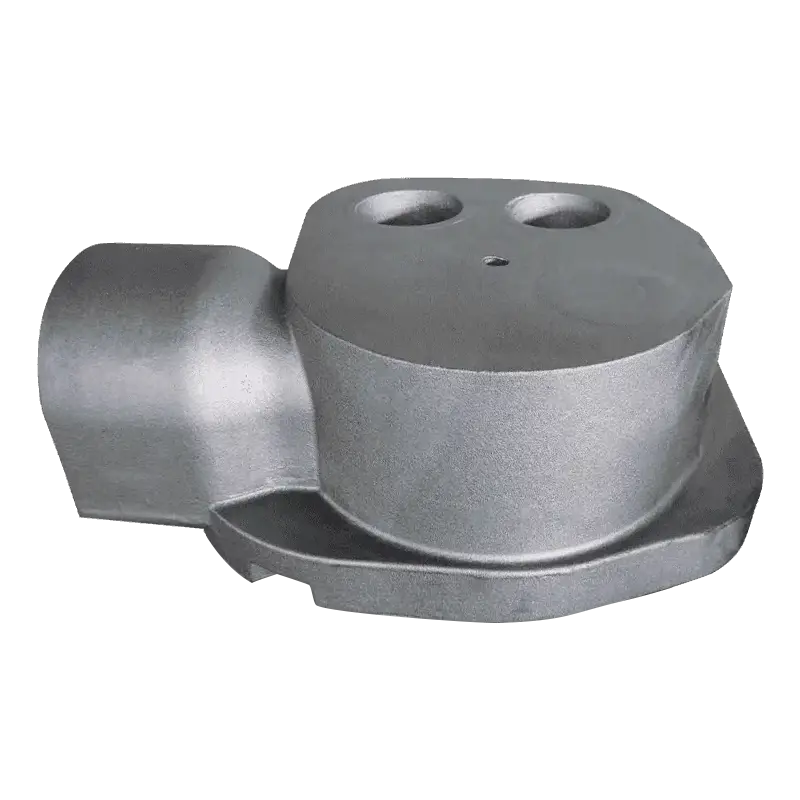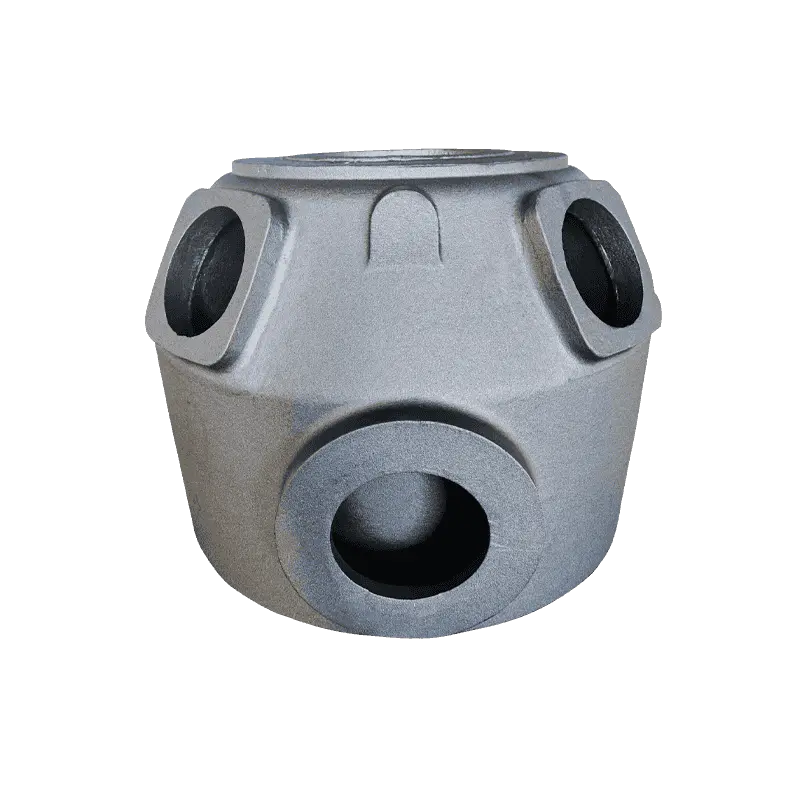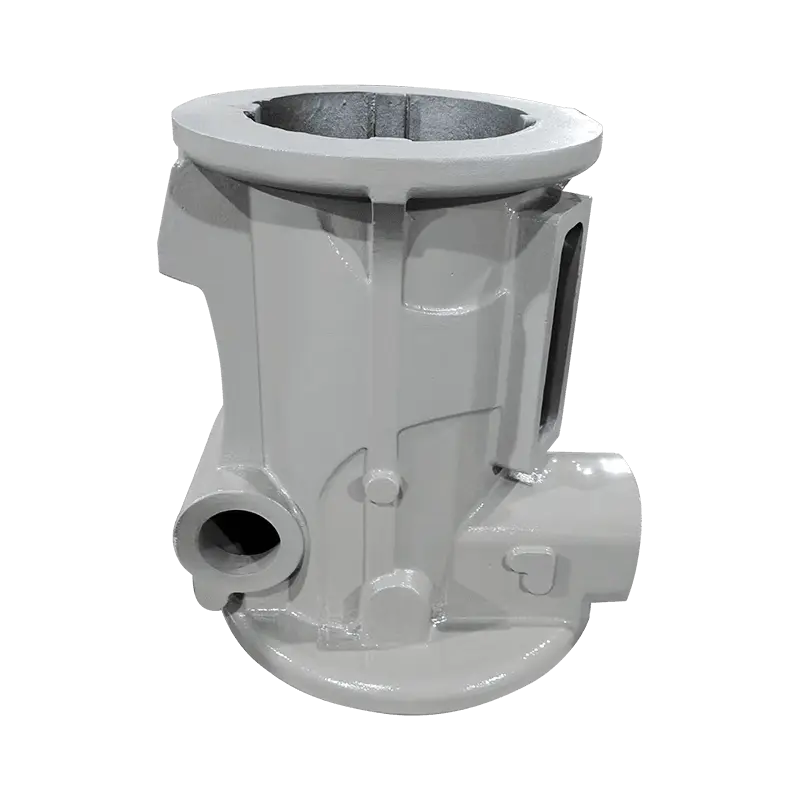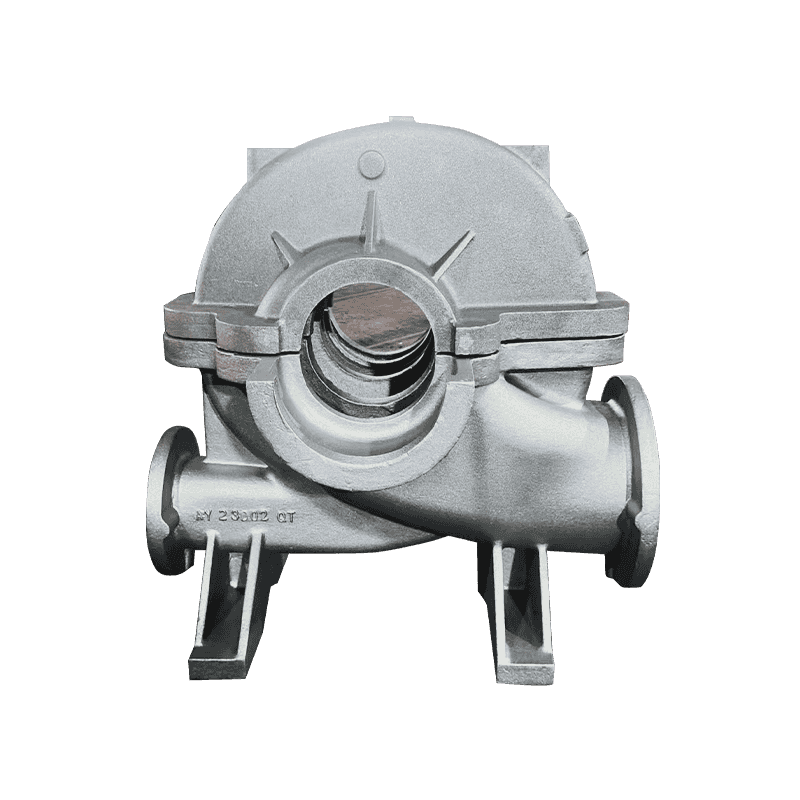1. Material Selection
The Compressor Rotor Seat must be made from materials capable of withstanding both high thermal and mechanical stress. The material’s properties should enable it to function effectively in high-pressure and high-temperature environments without failing or deforming. Key material considerations include:
-
High-Temperature Resistance: Materials must maintain structural integrity at elevated temperatures without softening or losing strength. Stainless steel is a common choice due to its excellent resistance to oxidation and high-temperature corrosion. For extreme conditions, superalloys such as Inconel are preferred for their ability to withstand heat without degradation. For even higher temperatures, ceramic composites may be employed as they exhibit superior heat resistance and dimensional stability, making them ideal for the most demanding applications.
-
Pressure Resistance: High-pressure systems require rotor seats to withstand immense compressive loads. High-strength alloys such as titanium alloys or martensitic steels are often used because of their ability to resist deformation under intense pressure, while also offering fatigue resistance. This ensures that the Compressor Rotor Seat maintains its shape and functionality over the long term.
-
Corrosion Resistance: High-temperature and high-pressure applications may also expose the rotor seat to corrosive environments, such as the presence of acidic gases, oils, or steam. Materials like nickel-based alloys and stainless steel offer excellent resistance to oxidation, reducing the risk of material degradation and maintaining operational reliability in harsh chemical environments.
2. Thermal Expansion and Contraction
High-pressure and high-temperature compressors experience fluctuations in temperature that can cause materials to expand or contract. The Compressor Rotor Seat must accommodate these changes to maintain alignment and prevent damage to the rotor or surrounding components.
-
Coefficient of Thermal Expansion (CTE): The Compressor Rotor Seat should be made from materials with a low and consistent coefficient of thermal expansion to minimize the differential expansion between the rotor seat and the rotor itself. A mismatch in expansion rates between the materials can lead to misalignment, causing mechanical stress and potential failure. Materials with similar thermal expansion properties to the rotor shaft material help ensure smooth operation across varying temperatures.
-
Design Flexibility: The design of the rotor seat should allow for some thermal expansion without causing misalignment or undue pressure on surrounding components. This might include incorporating specific clearance tolerances or using materials with controlled expansion properties, ensuring the rotor seat can accommodate the thermal stress without compromising compressor performance.
3. High-Pressure Load and Stress Resistance
High-pressure compressors subject the Compressor Rotor Seat to significant axial and radial loads. These forces can lead to fatigue, wear, and eventual failure if the rotor seat is not properly designed to resist them.
-
Fatigue Resistance: The material chosen for the rotor seat should exhibit exceptional resistance to fatigue, as the compressor operates under cyclic pressure and temperature fluctuations. High-strength alloys are specifically engineered to endure repeated stress cycles without cracking or breaking down. These materials prevent premature wear and ensure the rotor seat performs consistently throughout the compressor's life.
-
Compression Strength: The rotor seat must be able to resist the high compressive forces generated in the system without yielding. Materials with high yield strength, such as high-carbon steels or titanium alloys, provide the necessary resistance to deformation under pressure, ensuring the rotor remains securely seated even in extreme operating conditions.
-
Impact Resistance: In high-pressure environments, sudden pressure surges or shocks can occur. The Compressor Rotor Seat must be able to absorb these shocks without fracturing or undergoing permanent deformation. Materials like titanium and superalloys have excellent impact resistance, ensuring the rotor seat can withstand these unexpected loads.
4. Sealing and Friction Management
In high-pressure and high-temperature applications, the Compressor Rotor Seat must not only secure the rotor but also facilitate proper sealing and manage friction between moving components.
-
Seal Integrity: The rotor seat must be compatible with the sealing system to prevent the escape of pressurized gases, oils, or other fluids. Any leakage could lead to reduced system efficiency, contamination, or safety hazards. The rotor seat must be designed to maintain consistent pressure and sealing surfaces, even under extreme pressure and temperature fluctuations, ensuring the integrity of the compressor system.
-
Friction and Wear Resistance: The Compressor Rotor Seat should be made from materials that minimize friction between the rotor and seat. Excessive friction increases wear and energy consumption while also generating heat that can damage components. To address this, self-lubricating materials, such as carbon-based coatings, can be applied to the rotor seat, or materials such as ceramic composites can be chosen for their natural wear resistance, ensuring smooth operation and reduced maintenance requirements.

